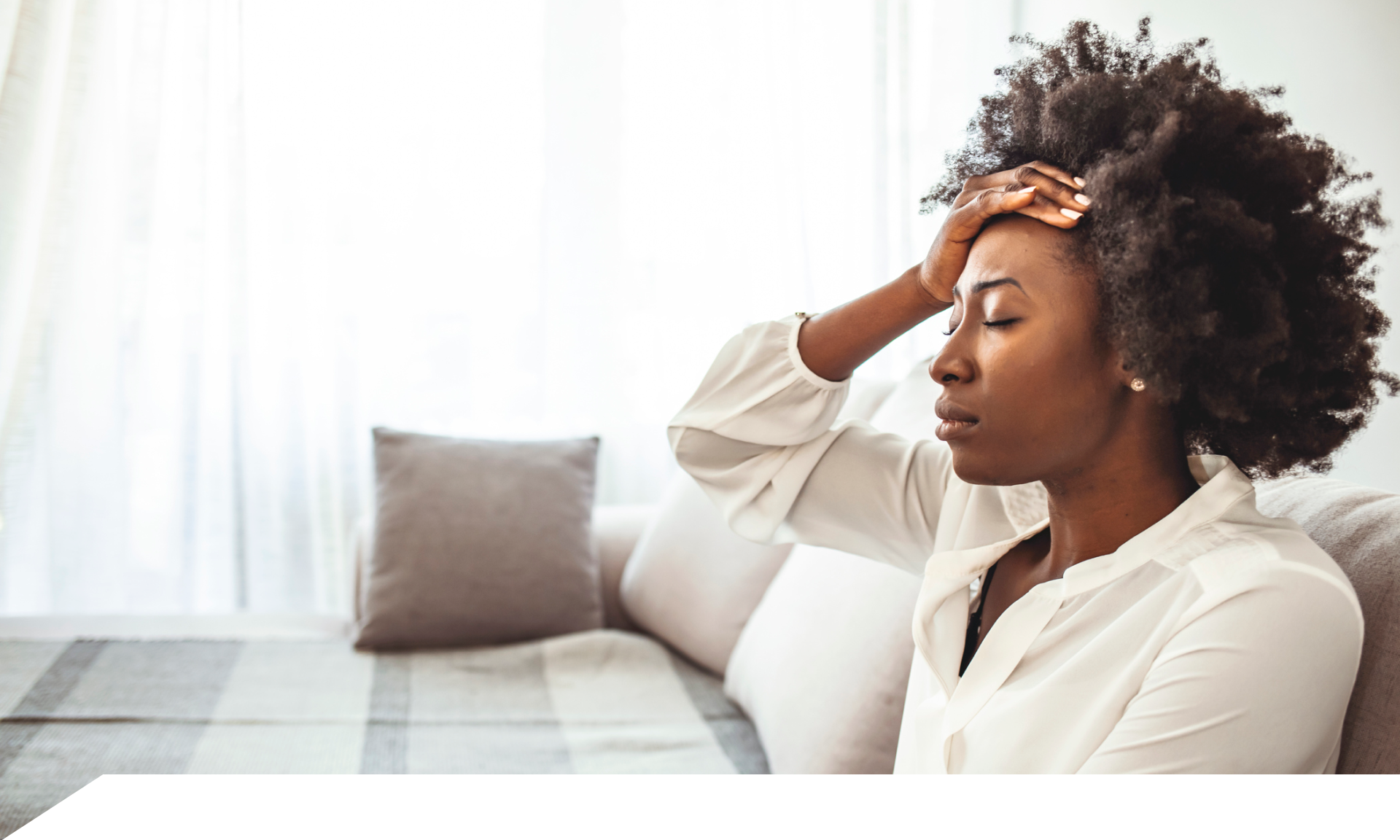Headaches are like snowflakes — each one is unique, with its own pain, location, and treatment. And you, the headache sufferer, are usually left on your own to figure it all out. Not anymore. We called Huma Sheikh, MD, a neurologist and headache specialist, to break down the types of headaches by their location. And, more importantly, how to get rid of them.
What are the different headache types and locations?
There are generally two types: Primary headaches, which means the pain isn’t representative of an underlying health issue. Their location depends on chemical activity and inflammation in the nerves, blood vessels, and muscles of your head and neck. And secondary headaches, which come from an external cause like dehydration or sinus infections. Let’s break them down…
Featured Expert:

Huma U. Sheikh, MD - Neurologist and headache specialist based in NYC.
Migraine headache
This primary headache tends to be “in the temple, behind the eye or above the forehead,” says Sheikh. If you’re not sure what a migraine feels like, you’ve probably never had one. The pain can be debilitating and last up to 72 hours. You may also feel nauseous and sensitive to light and sound. Unlike some headaches, certain migraines have warning symptoms called “auras,” which can include:
Blind spots
Seeing flashing lights
A ringing in your ears
Speech changes
Migraines have many different triggers, from stress to hormonal changes to bright lights. Sometimes they can be triggered by sudden changes in estrogen, which may explain why women get them more than men. Experts recommend keeping a migraine journal where you can document — and eventually, pinpoint — potential causes. You can try treating a migraine with…
OTC pain-relievers
Hot or cold compresses
Resting in a quiet, dark room
Avoiding tyramine in your diet (which can be found in smoked and fermented foods, alcoholic drinks, or aged cheeses, and some doctors say may increase the frequency of migraine attacks).
Preventative prescription medications
Tension headache
This primary headache is in the name: It feels tense and tight across your forehead or the back of your head, like a tight hat. Some experts believe stress and/or tense, contracted muscles in the neck and head play a role in these headaches. They may be treated with…
Hot compresses
OTC pain-relievers
Physical therapy
Acupressure
Prescription pain medications
Caffeine
Cluster headache
Another primary headache, these happen in periodic cycles — and can occur several times a day for a few weeks or months. Each headache can last from 15 minutes to three hours, and doctors aren’t sure what causes them. “Cluster headaches are classically behind one eye,” says Sheikh. They can also come with a runny nose and/or tearing. Treatment for cluster headaches include preventive prescription medications or oxygen therapy (a doctor-prescribed treatment which involves breathing in oxygen through a mask during an attack).
Sinus headache
This headache usually feels like tension behind the eyes, cheeks, forehead, and nose, due to sinus congestion or a sinus infection. Treatment options can include warm compresses or running a humidifier
Dehydration headache
This secondary headache is triggered by — you guessed it — dehydration. This headache location can be in the front, back, or sides. The pain can range from a constant throbbing to an allover dull ache. Its telltale signs are other symptoms of dehydration: thirst, dark urine, dizziness, dry mouth, or cramps. “Dehydration usually can be resolved with drinking water that has electrolytes,” says Sheikh. Resting and OTC pain relievers may also help.
When should I see a doctor about my headaches?
In general, you may not need to see a doc for your headache. But Sheikh says it’s worth making an appointment “if the headaches are beginning to get in the way of [your] job or homelife or if they are very severe and sudden.”
theSkimm
They can be annoying, disruptive, and painful — but headaches are just one of those inevitable parts of being alive. Knowing what the different types mean can help you figure out how to get rid of them faster and improve your quality of life.
Ask an Expert is for informational purposes only, does not constitute medical advice, and is not a substitute for professional medical advice, diagnosis, or treatment. Always seek the advice of your physician, mental-health professional, or other qualified health provider with any questions you may have regarding a medical condition. By submitting a question, you are agreeing to let theSkimm use it—in part or in full—and we may edit its answer for length and/or clarity.
Live Smarter
Sign up for the Daily Skimm email newsletter. Delivered to your inbox every morning and prepares you for your day in minutes.






